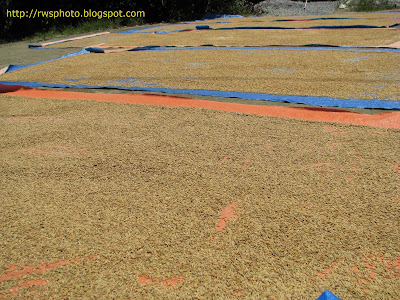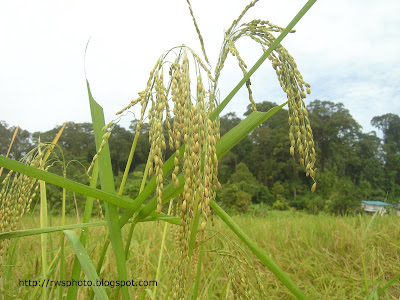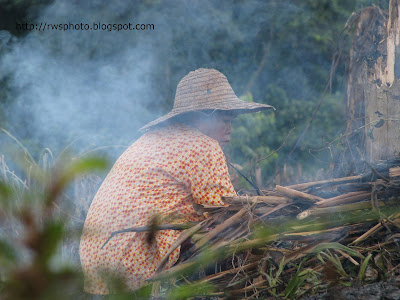River of Garbage in Asia
I don't know about you but I cannot see the river. I see photos of river full of rubbish or garbage. The mentioned rivers are Citarum River of Indonesia and Pasig River of the Philippines. The rivers are basically dead and it will takes decades to restore life into the river, if there is effort made on it. Luckily of us in Borneo, we haven't see a chronic state of our rivers.
See the bridge, you can imagine how wide the river is. Now all covered with garbage. Location: Citarum River in Indonesia [Photo source]
A squatter colony next to the river of flowing garbage, not water. Location: Citarum River in Indonesia [Photo source]
A man picking up a bottle for recycling. Make money from garbage. Location: Citarum River in Indonesia . [Photo source]
Two men going through pile of recyclable junks floating on the river. Location: Citarum River in Indonesia. [Photo source]
Free thrown-away toys. A boy standing next to river of garbage, probably eying for broken toys among the rubbish. Location: Pasig River in the Philippines. [Photo source]
A local boy posing in front of the river of garbage. Location: Pasig River in the Philippines. [Photo source]
Related posts:
* Added July 30, 2009: Sarawak Rivers Board (Lembaga Sungai-Sungai Sarawak)
SEO: River of Rubbish | Trash Rubbish | Human and filth | Dead River









































